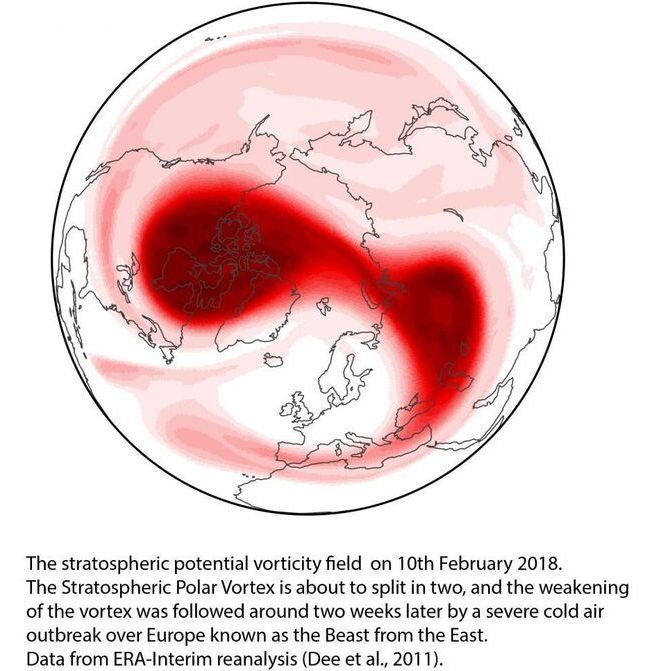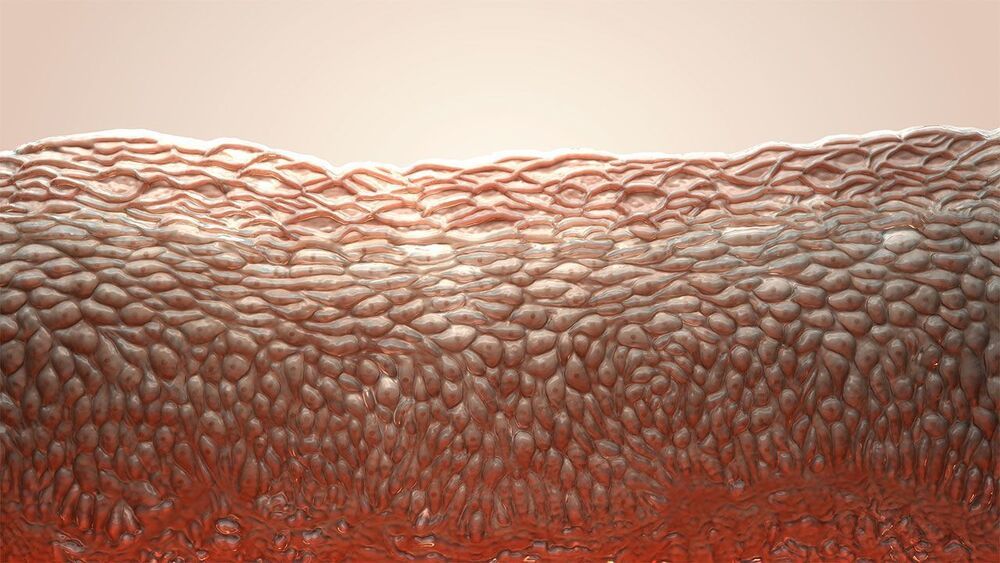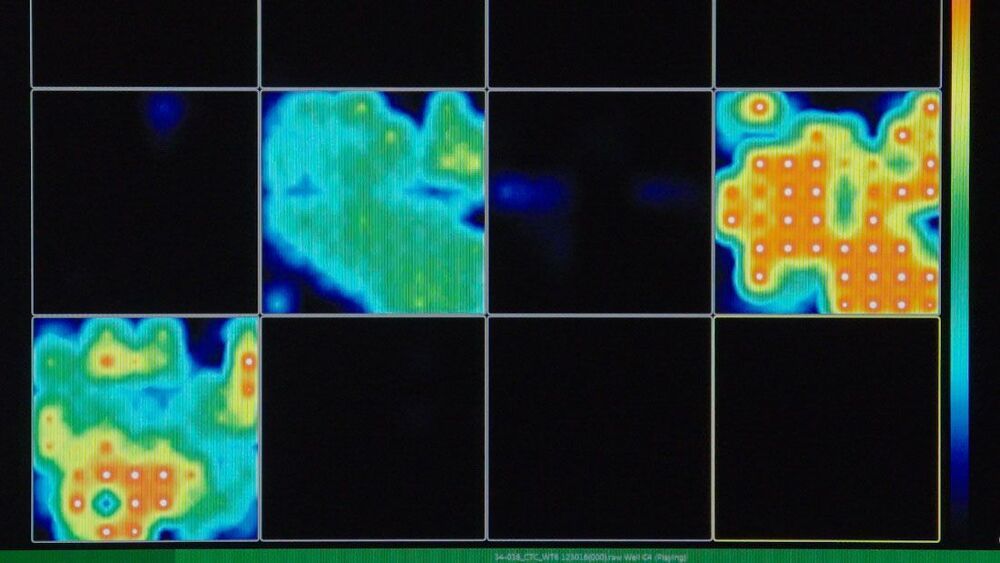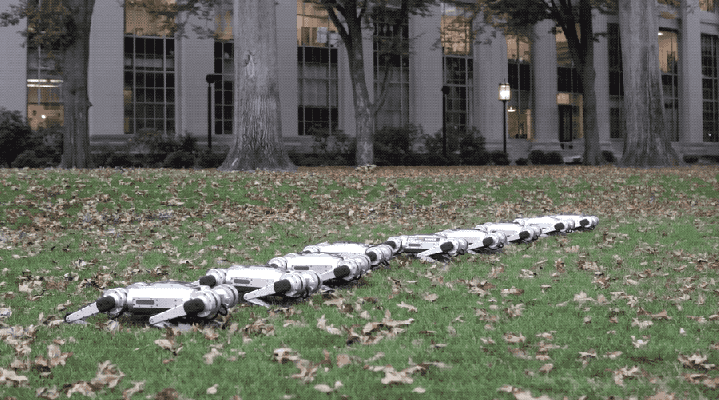Circa 2019
MIT’s Biomimetics Robotics department took a whole herd of its new ‘mini cheetah’ robots out for a group demonstration on campus recently – and the result is an adorable, impressive display of the current state of robotic technology in action.
The school’s students are seen coordinating the actions of 9 of the dog-sized robots running through a range of activities, including coordinated movements, doing flips, springing in slow motion from under piles of fall leaves, and even playing soccer.
The mini cheetah weights just 20 lbs, and its design was revealed for the first time earlier this year by a team of robot developers working at MIT’s Department of Mechanical Engineering. The mini cheetah is a shrunk-down version of the Cheetah 3, a much larger and more expensive to produce robot that is far less light on its feet, and not quite so customizable.





